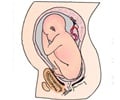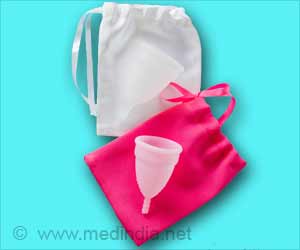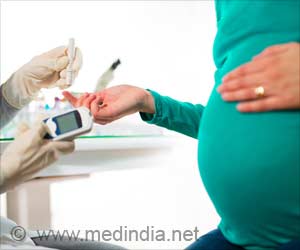Episiotomies create high stress at the incision tip, increasing the risk of further tearing. Researchers are studying ways to make childbirth safer.

‘Pelvic-floor muscles soften and stretch during childbirth, making them vulnerable to tearing, especially after an episiotomy. Episiotomies can cause long-term pain, incontinence, infection, and sexual dysfunction. #womenshealth #postpartumcare #medindia’





Even though the treatment is meant to avoid serious vaginal rips or other delivery-related issues, it can cause long-term pain, incontinence, infection, and sexual dysfunction(1✔ ✔Trusted SourceWomen's pelvic tissue tears during childbirth unstudied, until now
Go to source).
Advancing Episiotomy Safety Through Biomechanics
By integrating advanced experimental techniques with predictive computational simulations, the study offers a comprehensive approach to understanding childbirth mechanics and how different techniques affect the way an incision spreads.The softening and stretching of pelvic-floor muscles makes them particularly vulnerable to tearing and it is important to understand how incisions made during episiotomies spread. The findings could pave the way for safer, more effective surgical practices that alleviate suffering for countless women.
Eskandari’s bMECH lab is renowned for developing innovative techniques to solve complex and underexplored biomechanics problems. Her prior research includes using uniquely designed apparatuses and a cutting-edge imaging system—one of only two in Southern California—to study lung tissue and other soft biological materials.
Stress and Risk of Episiotomy Incision
“This work is an exciting new way of studying tearing during childbirth,” Feigenbaum said. “Episiotomies create very large stresses at the tip of the incision, making tears starting from there possible, potentially even likely.Advertisement
The stresses and tears associated with episiotomies are poorly understood. Human cadaveric testing is not possible, so the researchers are using related rat models to produce critical biomechanical data. The research team hopes its work will result in better guidance for surgeons, improving surgical outcomes and reducing the physical toll on mothers.
Advertisement
Reference:
- Women’s pelvic tissue tears during childbirth unstudied, until now- (https://news.ucr.edu/articles/2025/01/29/womens-pelvic-tissue-tears-during-childbirth-unstudied-until-now)
Source-Eurekalert














